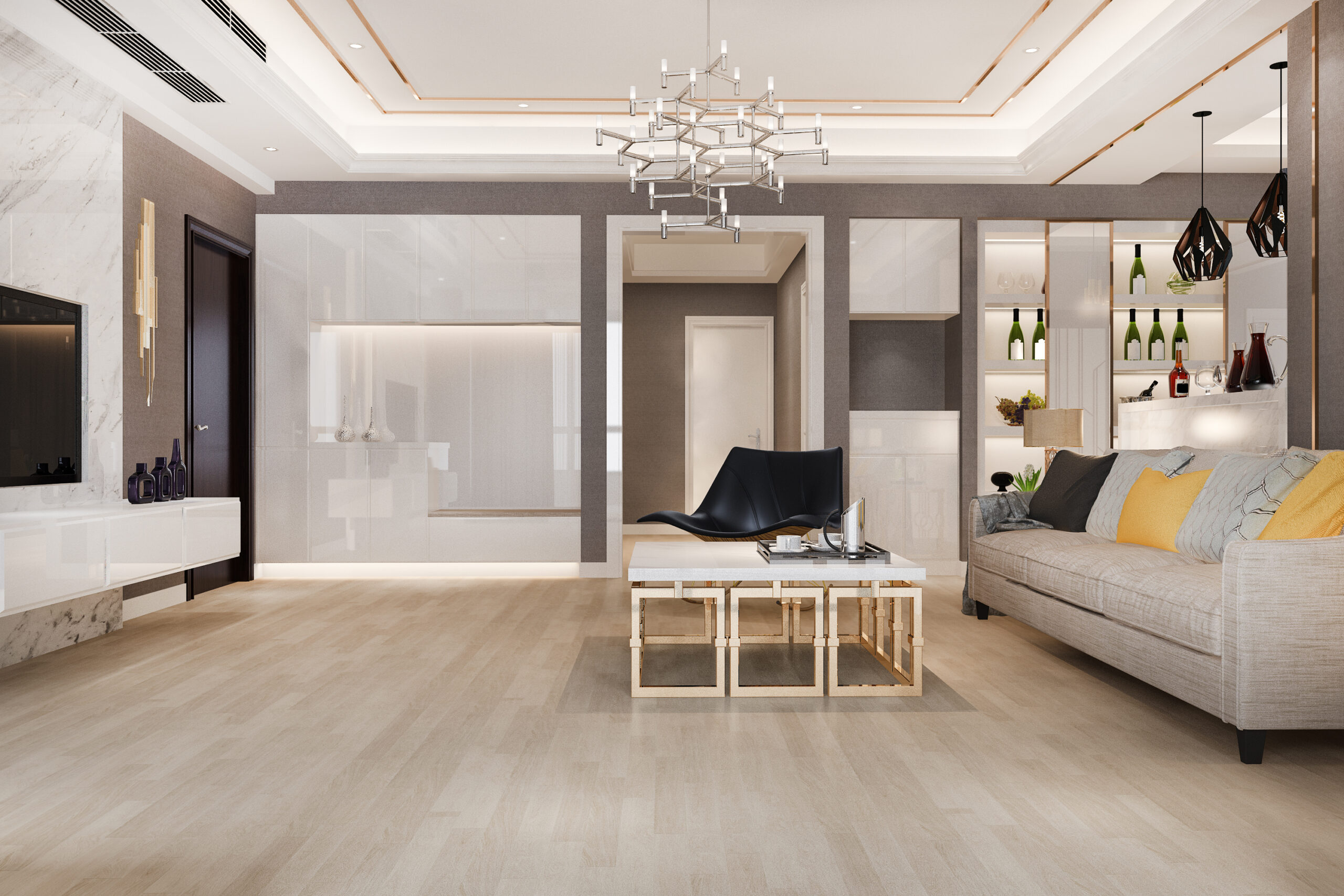The Artists House Ruth Street Bonfield: Restoration & Art
Introduction
Imagine leaving a high-pressure London career for a crumbling Georgian house. That’s exactly what Cameron and Janet Short did. Drawn to Dorset’s countryside, they discovered Ruth Street Bonfield—a neglected relic. With peeling walls and fire damage, it seemed hopeless. Yet, they saw potential. This 19th-century gem, once a forgotten shop, became their canvas. Today, it’s a vibrant mix of home and studio. Inside, hand-printed wallpapers and fabrics now replace dust and decay. Their story isn’t just about restoration—it’s about reinvention. From broken floorboards to block-printing workshops, every corner whispers creativity. How did they do it? Let’s explore their journey, where art and history collide beautifully. The Artists House Ruth Street Bonfield.
The Vision: Why Ruth Street Bonfield?
London’s chaos left Cameron and Janet Short exhausted. Craving open skies and quiet creativity, they fled west. Dorset called them with family ties and untamed beauty. Then came the auction listing—a wreck with potential. The Georgian house demanded hard hats for entry, yet they saw magic beneath the dust. “We didn’t want a pastiche,” Cameron admits, “just a practical home with soul.”
For Janet, a New Zealander, it meant space to breathe. For Cameron, it revived childhood farm memories. Risking savings, they bet on this crumbling treasure. Surprisingly, its flaws became gifts—original features survived under neglect. Their leap wasn’t reckless; it was necessary. Here, art and life could finally merge. The gamble? A masterpiece in waiting.
The Restoration: Breathing Life into History
The house greeted them with fire-scarred walls and sagging floors. Yet beneath the damage, Georgian bones whispered stories. First, they stripped everything back, revealing hidden treasures like the original Bonfield shop sign. Rotting floorboards made each step risky, but patience uncovered antique fittings. Surprisingly, decades of neglect had preserved history. The Artists House Ruth Street Bonfield.
Help arrived through skilled hands. Cameron’s father brought builder’s wisdom, while Gary Balman revived lime plaster traditions. Meanwhile, carpenter Nick Simco rescued period doors and moldings. Together, they worked without blueprints, listening to the house’s needs. Consequently, modern comforts merged seamlessly with heritage.
The result? A home where past and present dance. Sunlight now floods rooms once choked by dust. Children’s laughter echoes where machinery rusted. Functional yet poetic, it honors craftsmanship without freezing in time. Ultimately, the house rewarded their faith—with soul intact.
The Art: Bonfield Block-Printers’ Craft
Advertising deadlines once ruled Cameron’s days until lino blocks stole his heart. Inspired by Marthe Armitage’s timeless wallpapers, he apprenticed under the octogenarian master. Meanwhile, the QEST grant gifted him two creative days weekly. Janet juggled raising three girls with printmaking during the program. Gradually, her bold patterns emerged between school runs. Together, their hands transformed blank fabric into storytelling canvases. Now floral motifs dance across cushions, while mythical creatures roam wallpaper rolls. Occasionally, students visit for immersive printing workshops. Through The New Craftsmen, their work reaches discerning homes nationwide. Surprisingly, corporate skills now fuel artisanal success. Every piece whispers Dorset’s meadows and folklore. Ultimately, their craft bridges heritage with modern living.
The Home Today: A Living Gallery
Stepping inside reveals a thoughtful dance between past and present. Below, the workshop hums with inked rollers and drying fabrics. Meanwhile, the kitchen buzzes with family life above restored floorboards. Dust-choked attic walls upstairs are decorated with children’s doodles. The split-level architecture surprisingly maintains tranquility and productivity.
Every furnishing choice whispers intention. Rustic farm tables mingle with David Gordon’s rare finds. Consequently, Georgian bones now wear curated character. Even the inspector marveled, moved by their respectful revival. “This was no ordinary restoration,” she observed through tears. Today, sunlight floods rooms where machinery once rusted. Ultimately, the house breathes as both gallery and home.
Why It Matters: Legacy & Inspiration
Beyond creating beautiful prints, the Shorts built something rarer – community. Monthly, their workshop doors swing open for eager learners. Meanwhile, collaborations like Peta Inglesent’s upholstery blend traditional skills with fresh vision. Consequently, rural craftsmanship finds new relevance.
Their story resonates deeper than technique alone. In essence, it re-establishes the connection between concrete making and modern life. Gradually, visitors rediscover the patience in hand-cut patterns. Simultaneously, they appreciate the honesty of natural materials. Thus, the Bonfield legacy grows – stitch by stitch.
Ultimately, this isn’t just about preserving the past. Rather, it proves heritage can shape tomorrow. Through open days and workshops, the Shorts plant seeds. Slowly but surely, they’re growing a movement where art and roots intertwine. Indeed, their greatest print may be this lasting impression.
Conclusion
The Artists HouseHouse on Ruth Street in Bonfield transcends brick and mortar. Truly, it’s where forgotten spaces find new purpose through art. Now, their story invites participation. Visit Fridays to witness craftsmanship firsthand. Alternatively, explore their nature-inspired prints online. Perhaps share your own restoration journey with them. Meanwhile, each purchase supports rural artistry’s future. Essentially, this home proves creativity can resurrect anything. So why not let it inspire you next? After all, every great revival begins with a single step – or in this case, a single print.
Share this content:














Post Comment